One of the most common messages I get through my social media accounts is ‘can I come kayaking with you?’. I believe that this question is not asked because people want to specifically paddle with me, but more because people want to paddle with someone. I post a lot about my kayaking adventures; therefore, people know I am out paddling, and asking if they can come with me might mean they can also get out paddling.
One of the barriers to going white water kayaking is that it requires you to have paddling friends to do it with. I do paddle solo regularly but only on flat sections of river or at a white water centre. I would not paddle a white water river solo because of three reasons: safety, social and shuttles.
I appreciate that there are people comfortable paddling white water solo and that is their choice. Usually, the people doing so are more than capable of both making that decision and of carrying it through safely. I am not here to debate that. Instead what I am here to do is to share some tips on how to make paddling friends so that you always have someone to paddle with!

Firstly I should start by saying that I too will occasionally have days where I really want to paddle but just can’t seem to find anyone to go with! On those days I accept that a flat water paddle on my own is better than nothing at all! But… When the rain is perfectly timed and you know the kayaking will be good, it is handy to know how to go about asking people to paddle with you. Not just so that they say yes but so that once the paddle is over, they will want to paddle again with you in the future! So here are my top tips for being the kind of person that people want to paddle with.
1. Be honest about what you want
There is nothing more frustrating than realising after you have committed to a day out that the people in your group have very different expectations and ideas about what the day will entail. This can lead to at best annoyance and at worst people putting themselves in compromising situations. It is therefore better, to be honest about what you want from a paddling trip before any concrete plans are made.
Consider location, grade of river and timings. I’ve had days where I was happy to get up super early and be on the water before sunrise and still be on the water at sunset. This is so I could maximise time on the water and make the most of the rain. I’ve also had days where I was happy to have a more chilled start, enjoy a few hours on the water and then get off early for coffee and cake. Both days are enjoyable but be honest in advance about how much paddling you actually want to get in. How far you are willing to travel for that paddling is also important.

Be very clear about what kind of paddling you want to do. Are you looking for a big day out to push yourself or are you looking for a more relaxing day paddling something well within your comfort zone? Once your trip has started – be honest about how you are feeling with those around you. It is okay to ‘sit out’ of a river run if you had considered and accepted that as an option prior to the start of the day. But it doesn’t feel nice if you want to paddle and can’t because your group only wants to run rivers that you know are above your skillset.
I now try to be as open and honest as I can before arranging paddling. If all I am feeling up to is a chilled grade 3 day – then I make sure to arrange a paddle with people who are feeling the same. It’s okay to tell people what your boundaries and expectations are. Better to do this than end up being frustrated on the day.
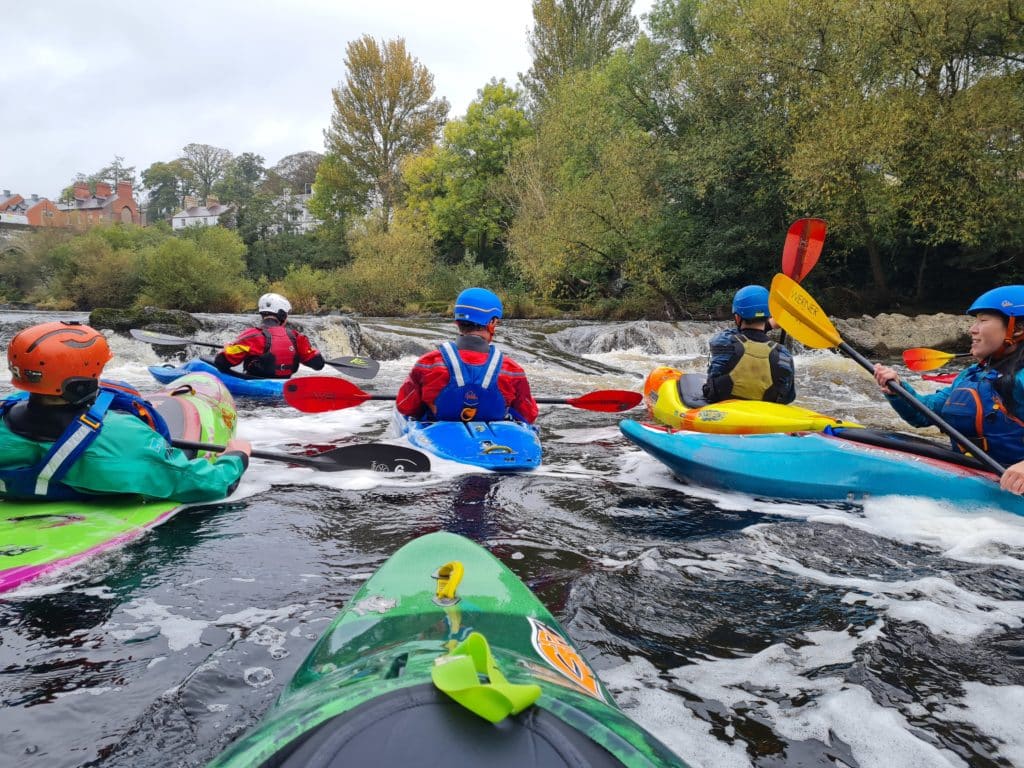
2. Be helpful!
Consider what is it that your attendance brings to the group and make sure you are helping out where you can. Someone who is helpful and whose presence makes a positive difference will be invited back again. There are lots of different ways in which you can do this.
Firstly are you contributing to the group’s safety and do you have all of your own personal safety gear? I would be extremely hesitant to paddle with someone who did not bring their own throwline for example. When you are running rapids, make sure you help with setting safety if it is needed and paddle in a way which shows that you are conscious of the safety of the entire group.
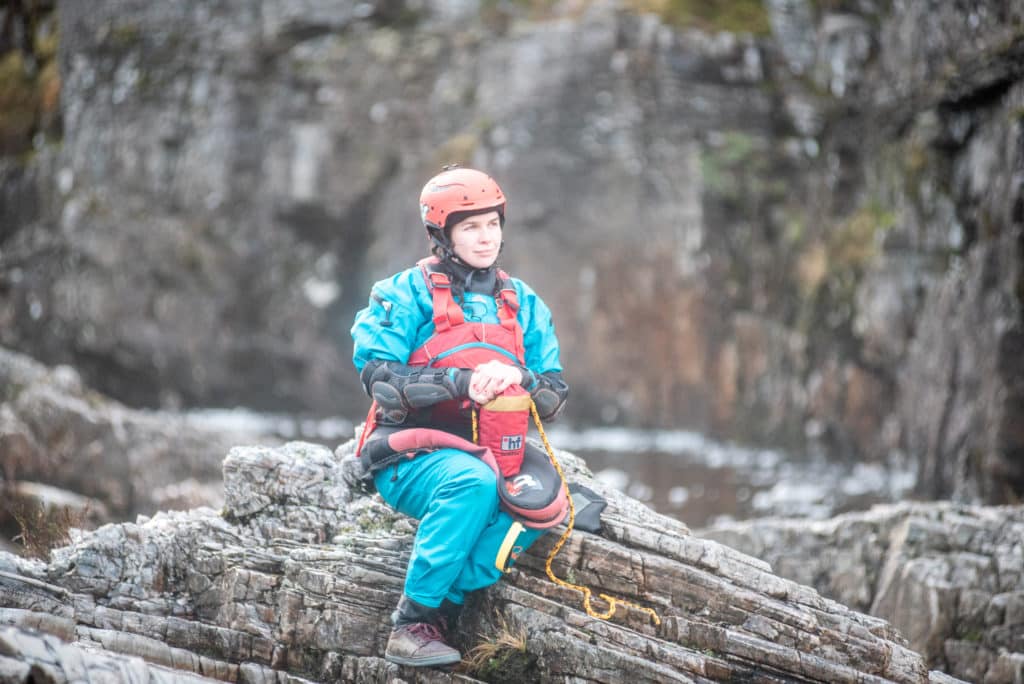
Do you check on the person behind you whilst paddling and make sure to pass river signals on clearly? If the spot where you are entering/exiting your kayak is tricky, do you offer to hold the next person’s boat for them to give them a bit of stability as they get in/out? Someone who shows they are a safe and considerate paddler is much more likely to be asked to paddle again. You can read more about being a safe paddler here.
Being helpful isn’t just limited to whilst you are on the river. Helping with the shuttle, taking some nice photos/videos of people if you can and generally checking in on people will all make you a desirable paddling buddy! I have a waterproof phone and always try to get photos and videos of others on the water if I can and then send them the high resolution copies afterwards. Something I have realised from adventure sports is that people really appreciate people who can take nice photos. If you want some tips for getting better paddling photos – read phenomenal photographer Tom Clare’s guest blog about it here.
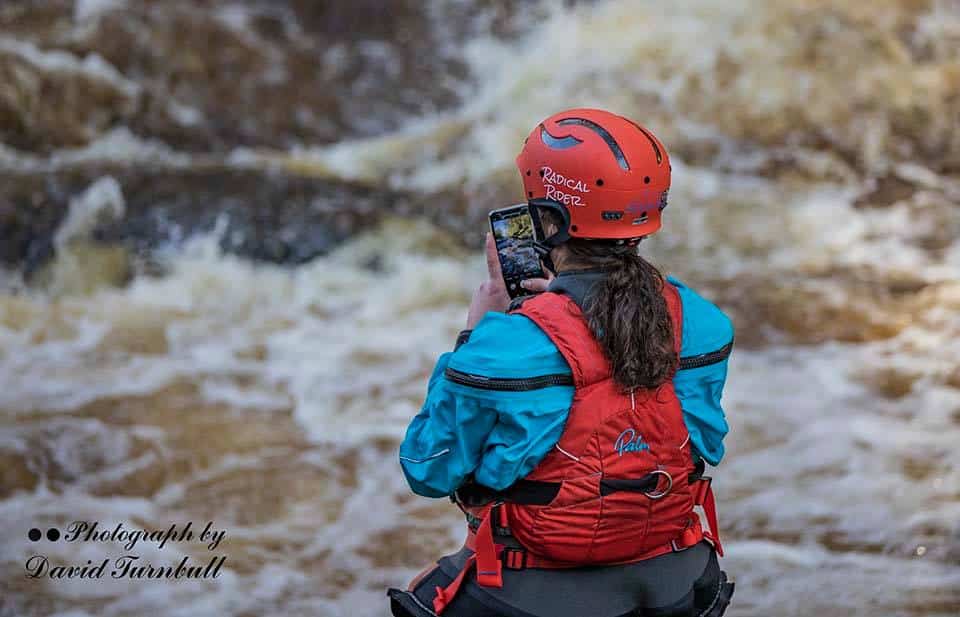
3. Leave your ego at home
In simple words – don’t chat rubbish. Something I have noticed is that the best paddlers I know never boast. Paddlers who can paddle a chunky upper dart in a full slice are never the ones who would tell you that. They don’t paddle rivers so that they can tell people they paddle those rivers – they do it because they enjoy it!
The issue I have is that people who boast often don’t give a representative picture of their paddling ability. I once paddled the Upper Dart as a mock student for part of my friend’s Advanced White Water River Leader. It was at about 0.7 on the online gauge and I noted that this was the lowest I had ever paddled it and there were more rocks that I remembered. The (quite lovely I might add) couple of guys who were also mock students with me exclaimed that this was the highest they had ever run it! This made me laugh a little because the Upper Dart is for whatever reason seen as a bit of a test piece river for UK paddlers. People like to say that they’ve ‘run the Upper Dart’ but I don’t think it counts if there was no water in the river at the time!

The point I am trying to make is that if you name drop rivers or people in a bid to make yourself look competent, it tends to backfire once you are on the water and your paddling doesn’t quite match the picture you have already painted with your words.
Frankly, if someone introduces themself as a ‘class 5 kayaker’, I struggle to keep a straight face. Anyone who is actually competent on class 5 and paddles that level of river regularly probably wouldn’t describe themself in that way. They have enough skill and experience to know that every river day is different and there will be days when they walk away from the ‘class 5 river’ that they happily run the day before.
I say this with experience. Less than a year of paddling under my belt and I ran my first ‘class 5 river’. It was dog low and resulted in a black eye for me. At the time I boasted to friends that I had run a class 5 river. I now look back with embarrassment. I was not, and probably never will be, a class 5 boater. Instead, I was a class 2/3 boater with a decent roll, a lot of balls and very little experience. I am lucky that my black eye wasn’t a lost eye and I regret ever feeling pride for that ‘achievement’. So yeah, don’t boast!

4. Be nice, not grumpy!
This one goes pretty well with leaving your ego at home. Being nice to people goes a long way. If you are pleasant to be around and bring positivity and fun with you, people will want to paddle with you.
Nobody cares how good at kayaking you are if you are not a nice person. Making conversation with people and listening to what others have to say are all things you can do to be nice. And most importantly don’t get grumpy over silly things!
People have gone paddling because they want to have fun. If you have a silly swim nobody cares. If you then sulk for the rest of the day and put a downer on everybody else’s mood then yeah, people will care! And you can bet next time the rain comes, you won’t be getting an invite. If you have a silly swim, smile, be humble and say thank you to whoever collected your gear. Then move on!

Equally, if someone else swims or seems to be having a bad day, just be kind. You never know what demons others are facing and sometimes that kind word can make all the difference.
5. Bring snacks!
I don’t think this one needs much explanation. People like people who have food. There is nothing better after a long cold day on the river than someone offering you a cookie. Those people get invited back again!
6. Ask!
I have paddled with lots of people I have not met before and have come to the conclusion that the best way to find a paddling buddy is to ask. Ask broadly – in a group or a paddling chat. I find stating the day, location and grade/river often works best. For example, ‘Myself and a friend are looking to paddle the river Vyrnwy this Sunday at about 10 am as it is releasing. Would anyone be keen to paddle with us?’. If people have a chance to consider this option without being put on the spot, you are much more likely to get someone who wants to paddle with you.
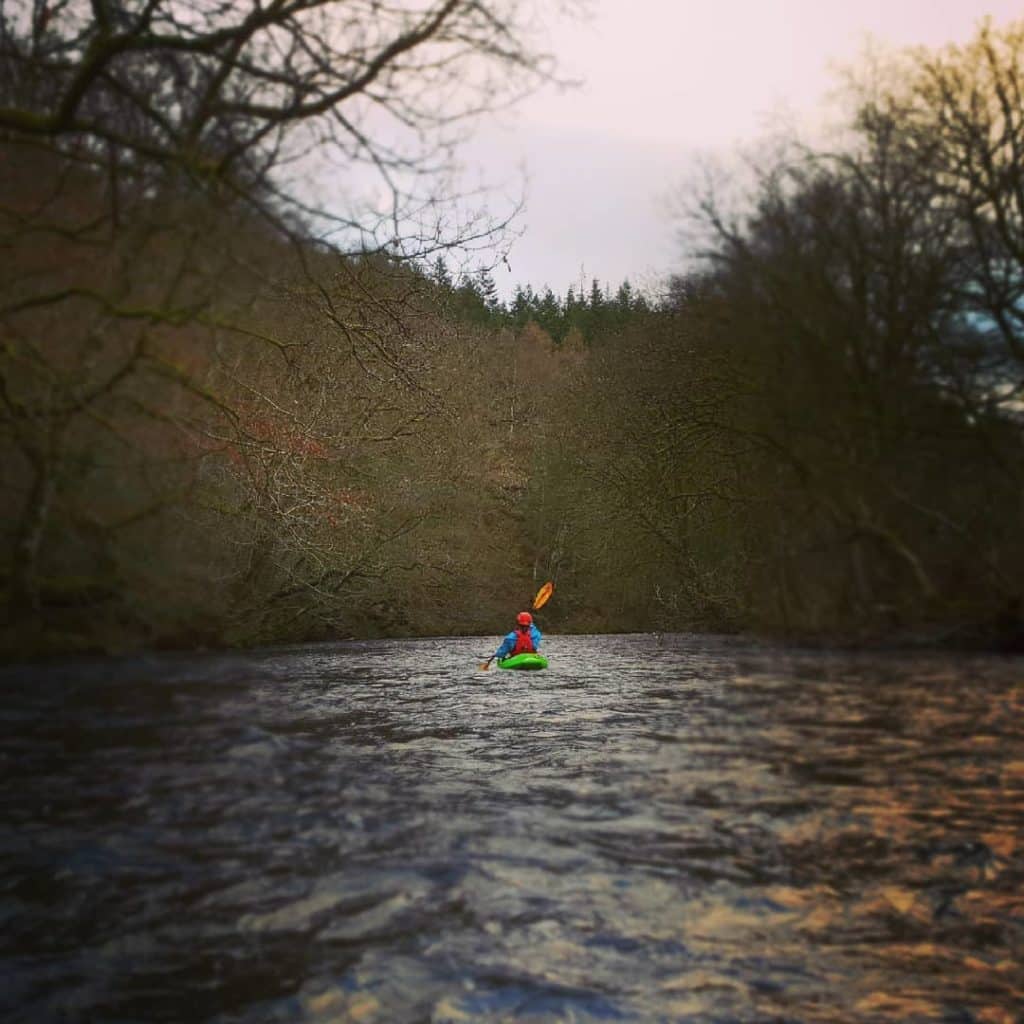
This option doesn’t always result in someone saying yes but it is a good way to broaden your paddling group. Some of my now regular paddling buddies, I have met in this way.
This option does require you to be online and part of online groups. Facebook is great for access to these groups – whether they are local, national or even international! You might find that there are already established meet ups in your local area happening that you could join.
Equally the good old join a club and meet people in person still works too. The bonus to this is the people you meet should live relatively near to you and that certainly makes car sharing to the river easier. Not to mention the additional benefits that come with joining a club like access to club gear and also the wisdom of other club members. If you are new to paddling, this would definitely be my recommendation.
The end
I hope you enjoyed this and happy paddling!
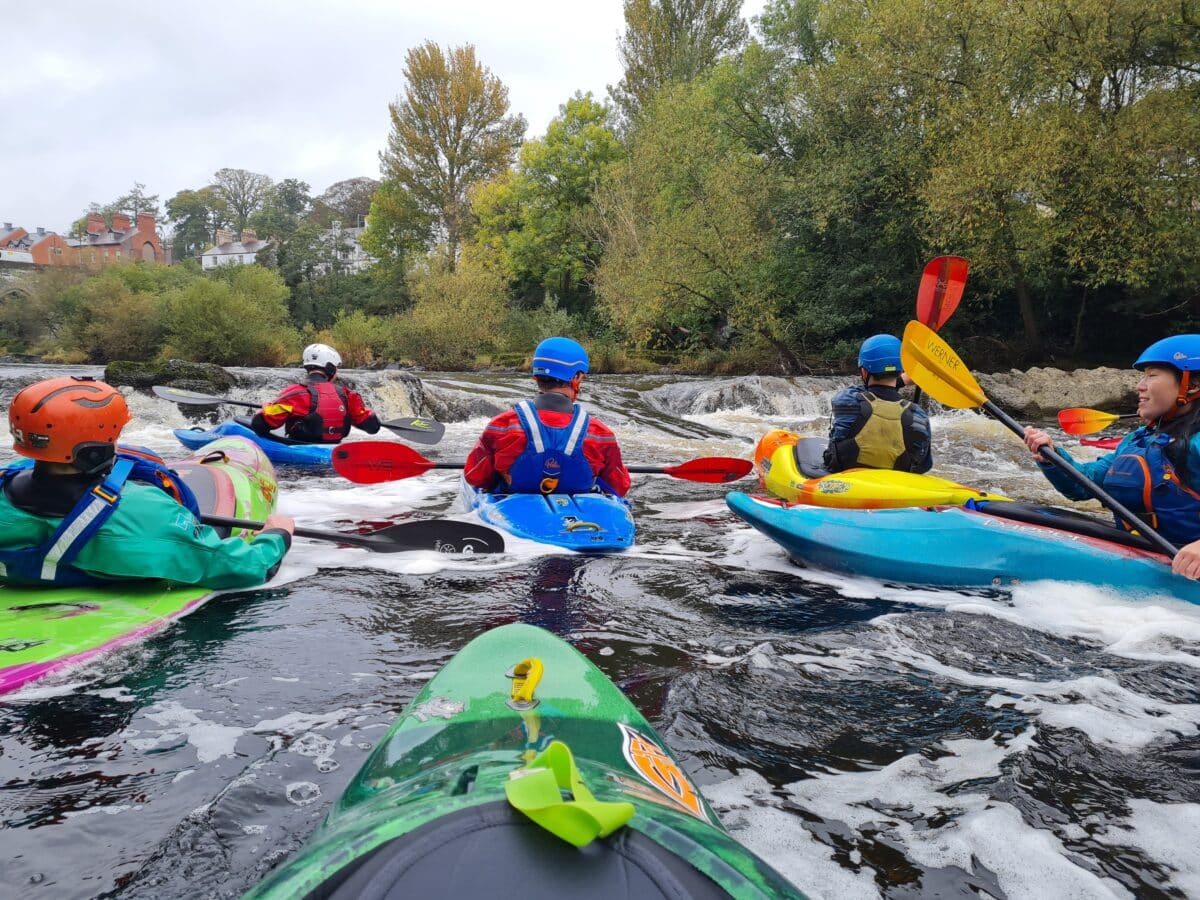
2 replies on “How to always have people to paddle with”
So many good things in this. And it was spot on when you pointed out about the egos! Me and my partner used to roll our eyes on coached courses when people introduced themselves and talked about all the rivers they’d done. Usually we’d end up hearing about how they’d saved the day by initiating some incredible boat chase or rescue. We could always spot who would swim first because it was always the person who name dropped the rivers they’d run the most!
I recently lost a friend because I pointed out that paddling a couple of isolated low waters rapids that are on the very low end of grade 4 does not make you a grade 4 paddler. I just wish people would just leave their egos at home and have fun on the river. But some can’t. They have to boast, and try and one-up the people they’re with.
Yes it is a hard one because I do love a good yarn but it’s also knowing the difference between telling stories and making poor and sometimes dangerous decisions on the river. I once said to a group I was with that I only considered you could call yourself a ‘grade * paddler’ if you could happily lead others on that grade. Myself – I am happy to lead others and deal with the consequences on grade 3. Although I regularly paddle grade 4 – I would only call myself a grade 3 paddler for that reason.